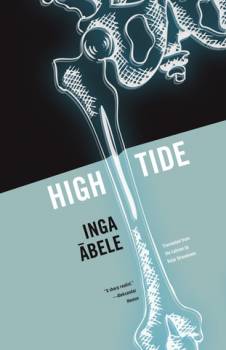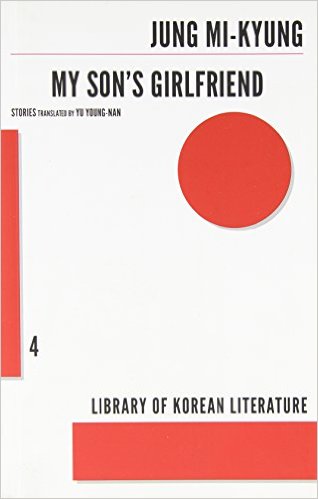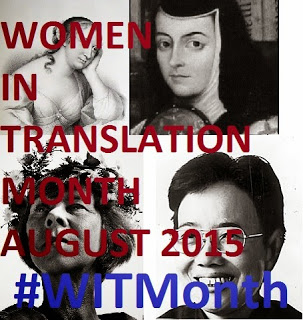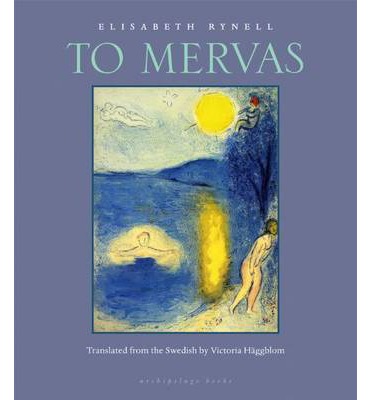During August, the blogger Biblibio is hosting Women in Translation Month. I’ve been making plans to join in, and aim to have at least four reviews up over the course of the month. But I wanted to start by bringing together all my previous reviews of books in translation by women. I expected that there wouldn’t be many, but it’s still quite sobering to see that there are only 26 from the five-and-a-half years of this blog (I know I haven’t been paying particular attention to books in translation until the last couple of years, but still…).
Anyway: long and short, positive and negative, here they all are…
***
Tamara Astafieva, Born in Siberia (translated from the Russian by Luba Ioffe)
Maria Barbal, Stone in a Landslide (translated from the Catalan by Laura McGloughlin and Paul Mitchell)For #WIT
Alina Bronsky, The Hottest Dishes of the Tartar Cuisine (translated from the German by Tim Mohr)
Kristina Carlson, Mr Darwin’s Gardener (translated from the Finnish by Emily Jeremiah and Fleur Jeremiah)
Laurence Cossé, A Novel Bookstore (translated from the French by Alison Anderson)
Viola Di Grado, 70% Acrylic 30% Wool (translated from the Italian by Michael Reynolds)
Elvira Dones, Sworn Virgin (translated from the Italian by Clarissa Botsford)
Hélène Grémillon, The Confidant (translated from the French by Alison Anderson)
Katharina Hagena, The Taste of Apple Seeds (translated from the German by Jamie Bulloch)
Marlen Haushofer, The Wall (translated from the German by Shaun Whiteside)
Pia Juul, The Murder of Halland (translated from the Danish by Martin Aitken)
Natsuo Kirino, The Goddess Chronicle (translated from the Japanese by Rebecca Copeland)
Natsuo Kirino, Out (translated from the Japanese by Stephen Snyder)
Hanna Krall, Chasing the King of Hearts (translated from the Polish by Philip Boehm)
Rosa Montero, Tears in Rain (translated from the Spanish by Lilit Žekulin Thwaites)
Yoko Ogawa, Hotel Iris (translated from the Japanese by Stephen Snyder)
Yoko Ogawa, The Diving Pool (translated from the Japanese by Stephen Snyder)
Yoko Ogawa, Revenge (translated from the Japanese by Stephen Snyder)
Véronique Olmi, Beside the Sea (translated from the French by Adriana Hunter)
Susann Pásztor, A Fabulous Liar (translated from the German by Shaun Whiteside)
Maryam Sachs, The Passenger (translated by Gael Schmidt-Cléach)
Simona Sparaco, About Time (translated from the Italian by Howard Curtis)
Birgit Vanderbeke, The Mussel Feast (translated from the German by Jamie Bulloch)
Alissa Walser, Mesmerized (translated from the German by Jamie Bulloch)
Juli Zeh, Decompression (translated from the German by John Cullen)
Alice Zeniter, Take This Man (translated from the French by Alison Anderson)
Like this:
Like Loading...








Recent Comments